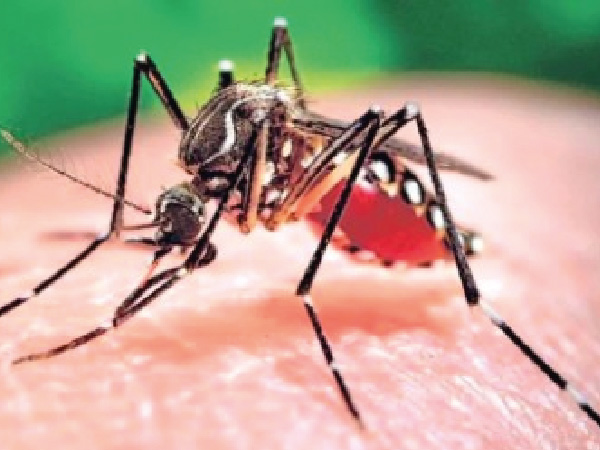Yellow fever, dengue, chikungunya, and currently zika viruses are causal agents of substantial morbidity and mortality in Ecuador. In addition, the important association of the zika virus with cases of congenital malformations and neurological complications underscores the need for a thorough knowledge of mosquito vectors of arboviruses. However, basic information on the biology of Aedes aegypti, the most important vector of arboviral diseases in Ecuador, is missing. This research project aims to develop a System of Monitoring and Early Warning that allows prevention and effective control of the mosquito vector. I will focus on one of the specific objectives of this study: developing a spatial distribution model of A. aegypti, using presence points and environmental and socioeconomic variables that are related to the ecology of the insect to focalize the surveillance and control measures. In addition, I will discuss the genetic analysis using the ND4 fragment of A. aegypti mitochondrial gene from 14 localities of Ecuador and the possible implications for virus transmission. Lastly, I will present the mission, structure, and opportunities for collaboration with INSPI.

